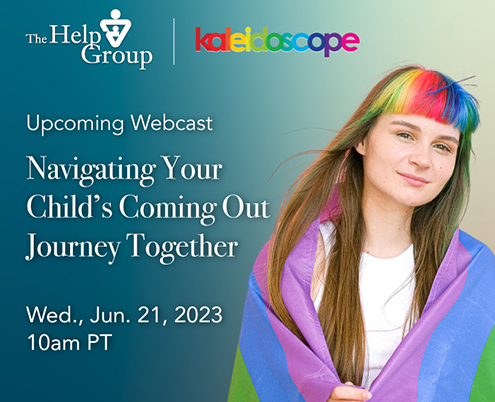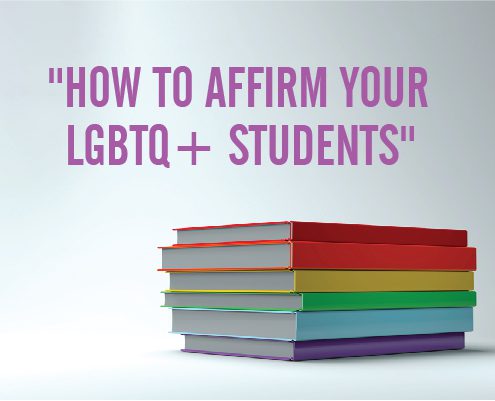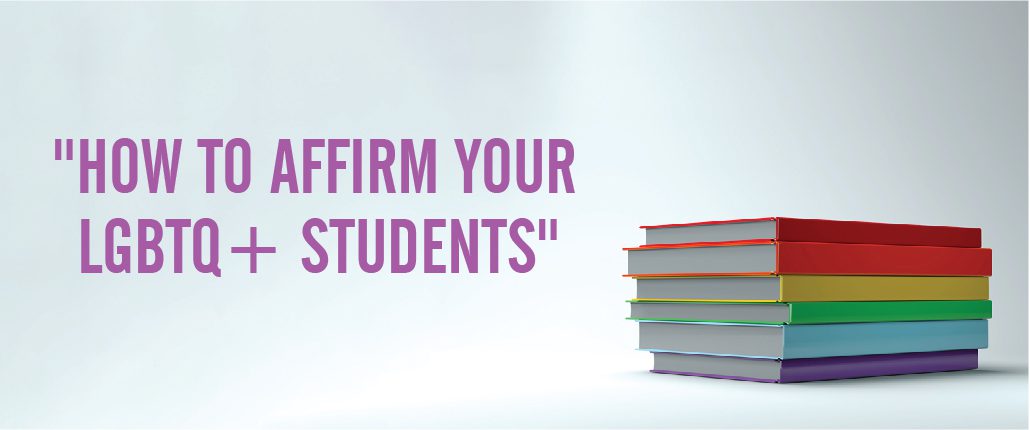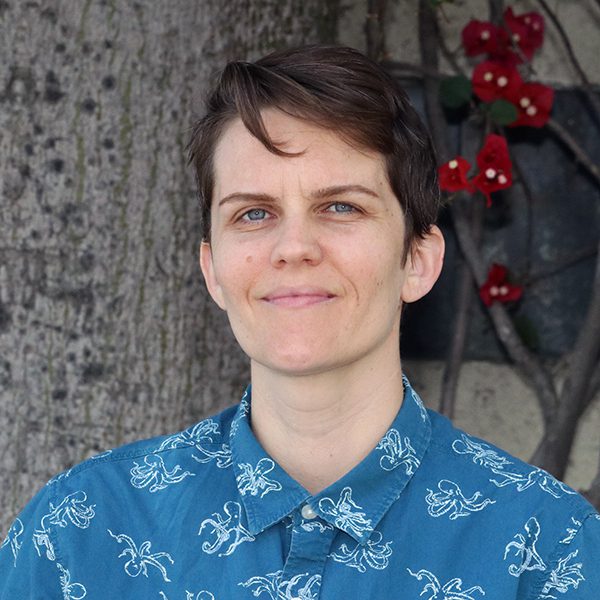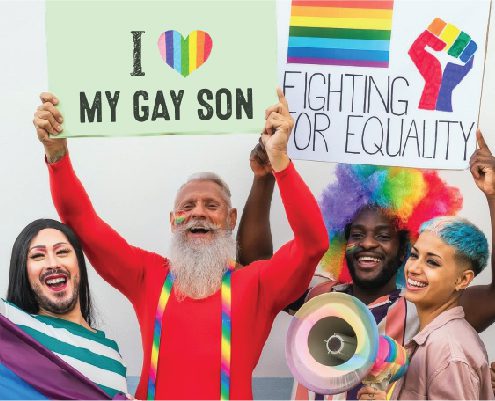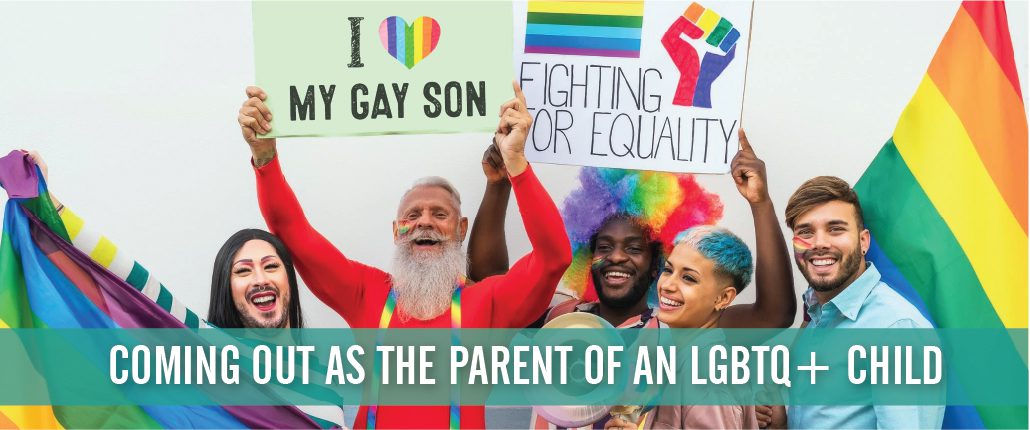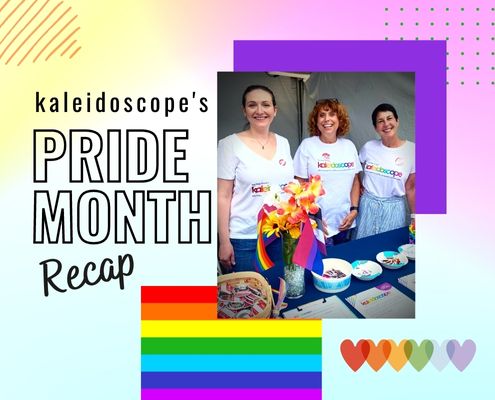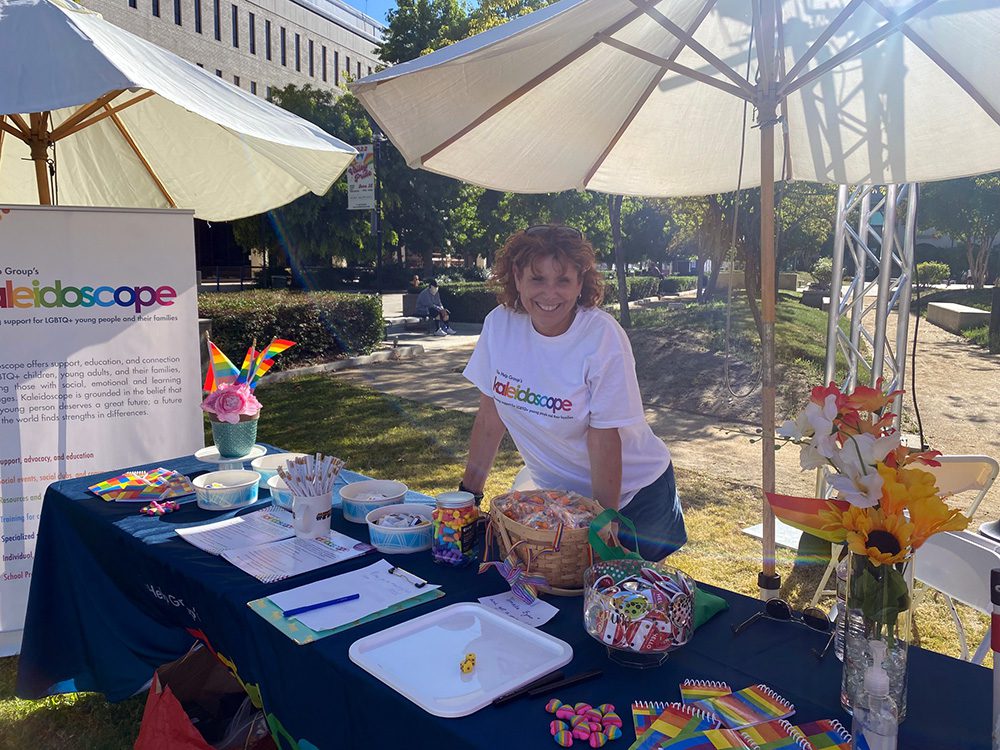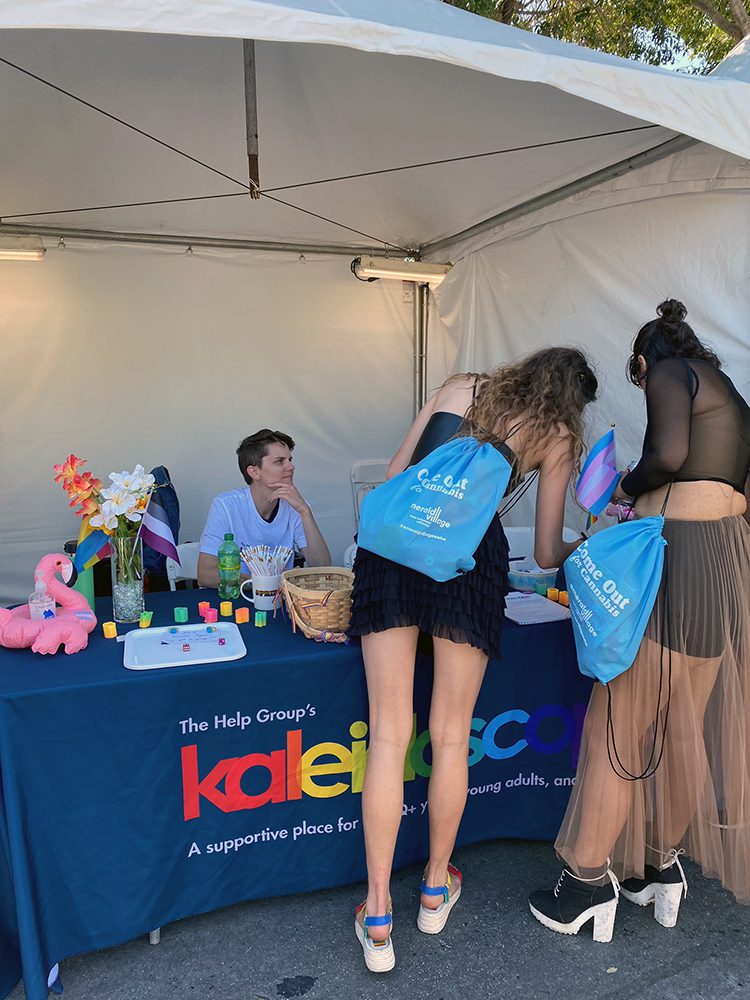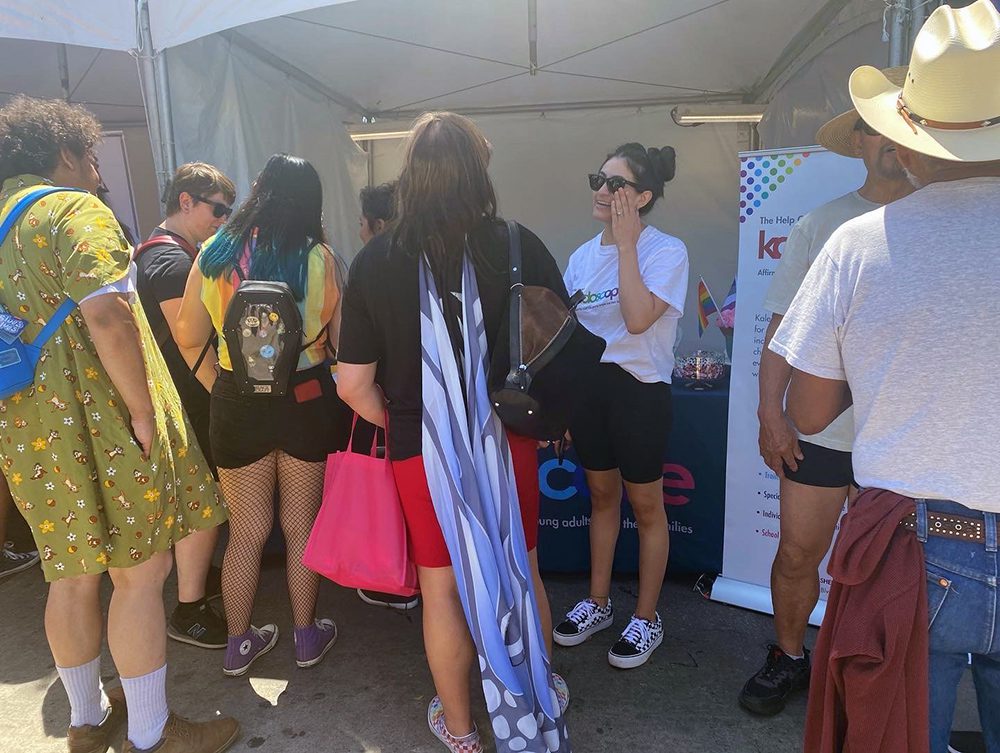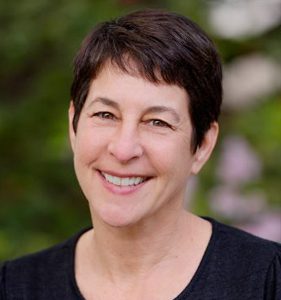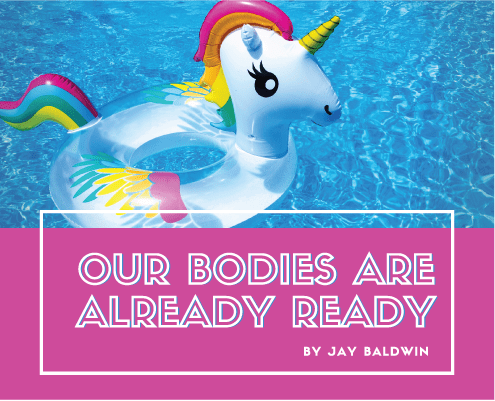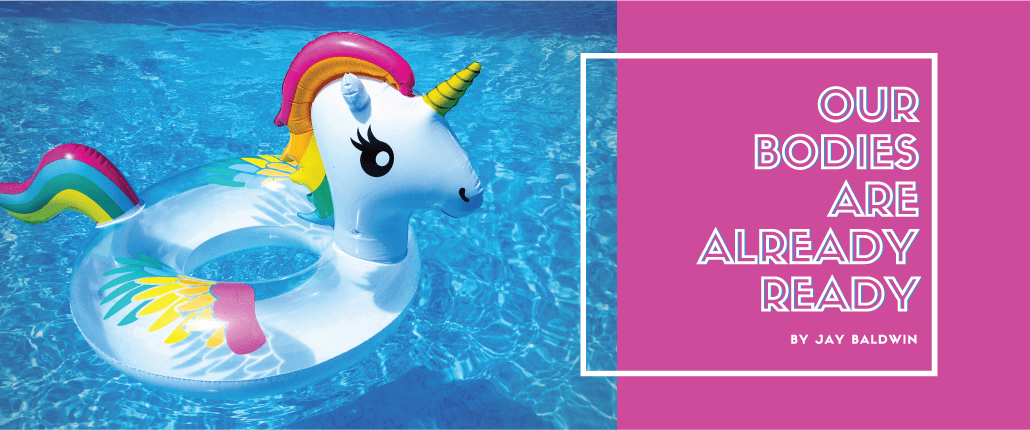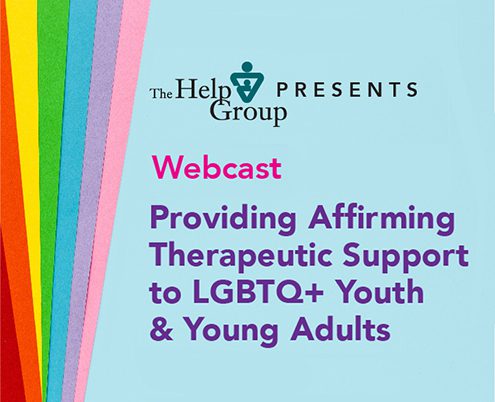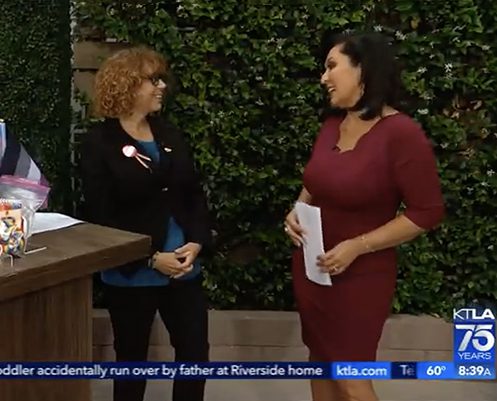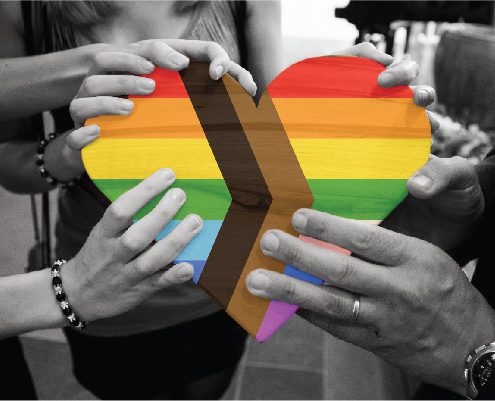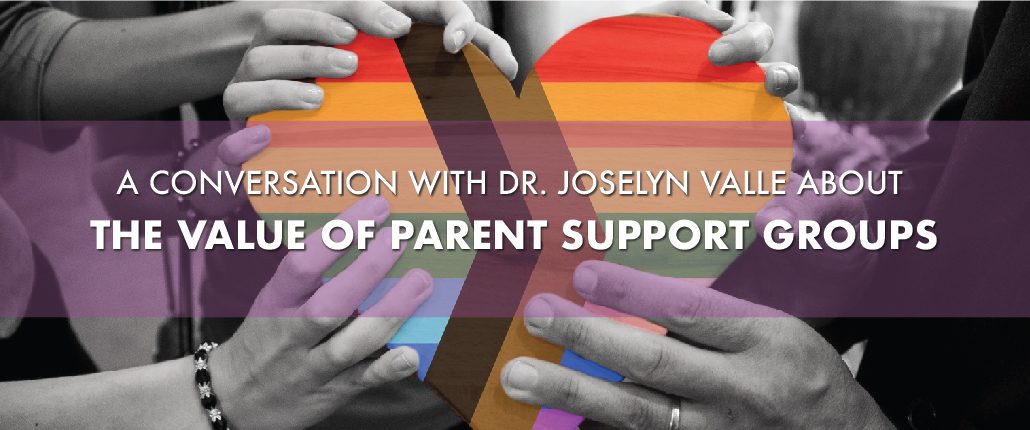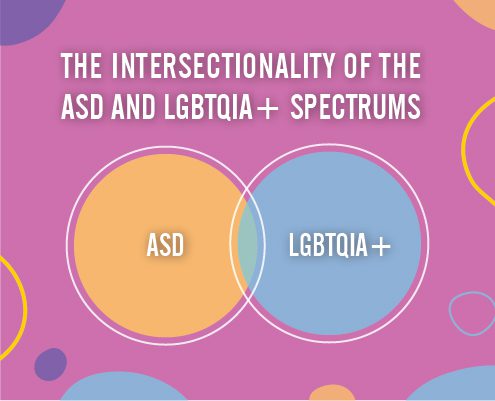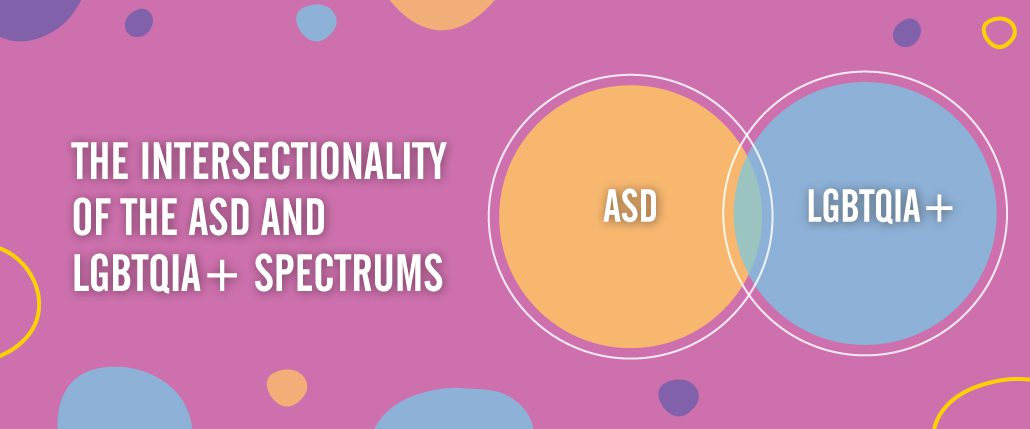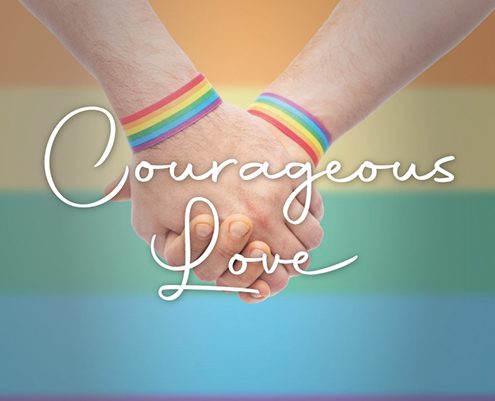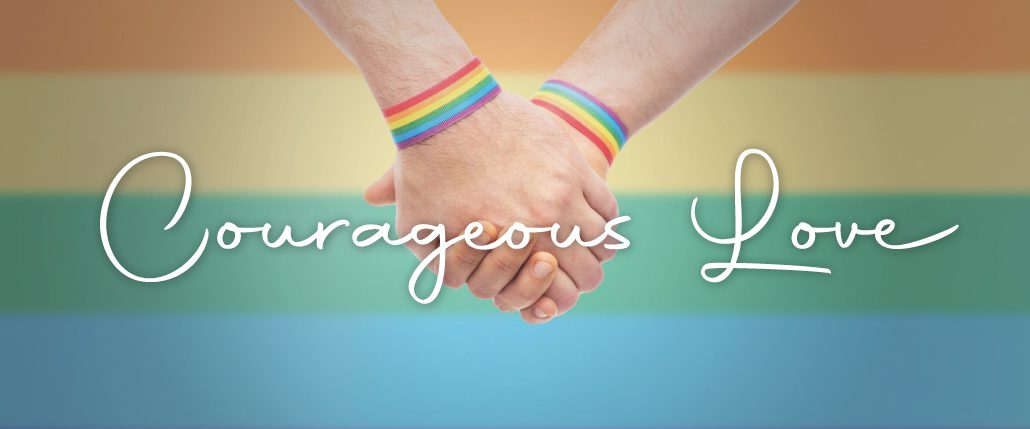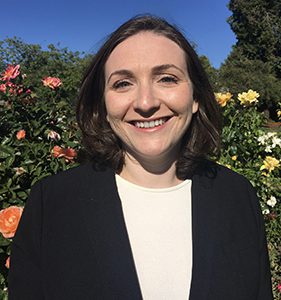Summer is upon us, which for many of us brings up images of splashing in the ocean, relaxing by the pool, and soaking up the sun. But every year right before summer, the inevitable shadow is cast upon this otherwise bright season. “Are you beach body ready?” the ads ask us. “Get yourself ready for bikini season!” From magazines, to diet ads, to many other kinds of media, the message is clear: Only certain kinds of bodies are acceptable, desirable, and appropriate for summer, and if we don’t have one of those kinds of bodies, we need to get them “ready”
The Ideal Body Type?
The “ideal” body type in our culture is typically one that is white, cisgender, thin, and able bodied. Messages like this are rooted in patriarchy, misogyny and racism, and have perpetuated a great deal of harm toward people of all genders. Queer and trans bodies, which have been historically othered and positioned as less than compared to their straight and cisgender peers, are impacted by these messages in very specific ways. Not only is there pressure to “get one’s body ready” from an aesthetic standpoint, there is the actual process of moving through the world and buying a swimsuit that can be very challenging for many LGBTQ+ folks, particularly transgender, non binary and any individual – trans or cisgender – who is gender non conforming.
Swimwear can perpetuate the Gender Binary
Swimwear and bathing suits are almost always gendered pieces of clothing that perpetuate the gender binary – the idea that there are only two genders (men and women) and that there are “acceptable” or assumed ways that boys/men and girls/women will dress. They also emphasize certain body parts that can cause trans, non binary and gender non conforming individuals to experience gender dysphoria. Gender dysphoria is term that describes unease, discomfort or anxiety – sometimes severe – that a person may have because of a mismatch between their biological sex characteristics and their gender identity. A day at the beach or the pool, one that we associate with fun, carefree times, can be a deeply uncomfortable experience, or one that is avoided altogether, for anyone who cannot find swim wear that is comfortable, affordable and affirms their gender identity and expression.
For trans, non binary and gender non conforming youth who are just coming into their identities and their bodies, this can be a particularly vulnerable time as we head into summer. These youth may be in various stages of coming out and/or in gender transition. They may wonder “Is it safe to present as my chosen gender in a swimsuit? Will I be able to use the correct changing room without being harassed? Will I be misgendered if I wear one kind of bathing suit versus another?”
Affirming Support can make all the difference
If an LGBTQ+ child or teen needs support and help finding a bathing suit, an affirming adult can make all the difference. Let the LGBTQ+ youth in your life know that you know this is not an easy experience, and that they deserve to feel comfortable and happy in their bodies, no matter what they are wearing. It is also important to emphasize that you understand that clothing has no gender, and that they are not obligated to wear anything that gender norms dictate they “should”.
Fortunately, there are now many gender inclusive companies that make swimsuits for LGBTQ+ youth and adults that are comfortable, high quality and gender affirming.
10 Best Places To Buy Gender Inclusive Swimwear has wonderful reviews of many companies that make swimwear for all bodies, genders and gender expressions, and is a refreshing departure from companies that only sell outdated “men and women” swimwear.
This summer, I want to say to the LGBTQ+ community, we’re already ready! We were ready long before anyone told us that we should look, think and act according to harmful and quite frankly ridiculous standards, and we’re waiting for everyone else to catch up. The time is now. May we celebrate our queer and trans bodies, in all their uniqueness, strength and diversity, and shine just as bright as the summer sun.
